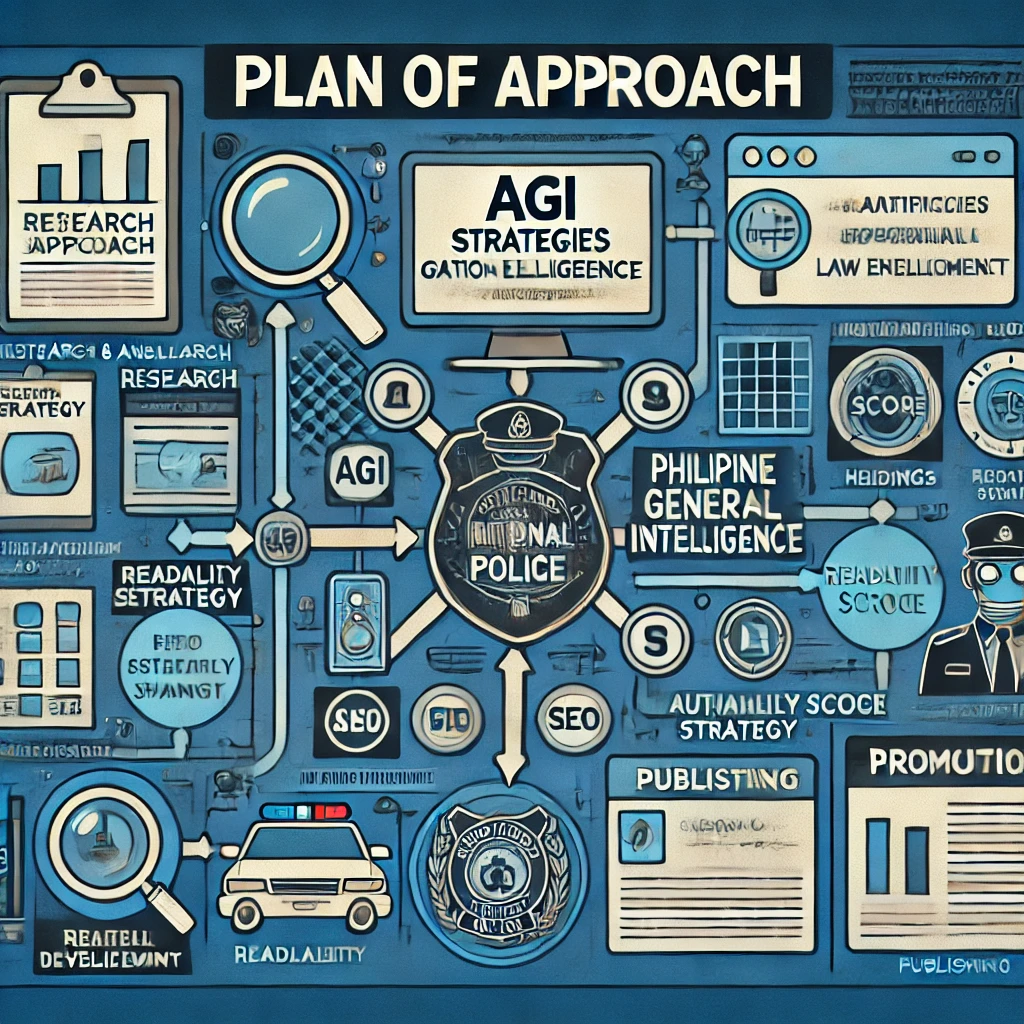This is based on Open Source to keep it affordable.
Implementation Plan: Open-Source Approach 1. Define Objectives & Requirements
Clearly outline business needs and technical requirements .
Identify key deliverables and success metrics .
Establish a timeline with milestones.
2. Choose Open-Source Technologies 3. System Architecture & Design 3.1 Backend & API
Use RESTful API with FastAPI or Express.js .
Deploy GraphQL if complex queries are needed.
3.2 Frontend
React.js with Next.js for SSR (Server-Side Rendering).Use Tailwind CSS for styling.
3.3 Data Storage
Store structured data in PostgreSQL .
Use Redis for caching.
Store unstructured data in MinIO (S3-compatible storage).
3.4 AI/ML Integration
Deploy Llama 3.2 via Hugging Face Transformers .
Use ONNX Runtime for model optimization.
Train models using TensorFlow or PyTorch .
3.5 DevOps & CI/CD
GitHub Actions for automated testing & deployment.Docker Compose for local development.Kubernetes for container orchestration.
3.6 Security
Implement SSL/TLS via Let’s Encrypt .
Use Keycloak for user management.
Secure backend with OWASP best practices .
4. Development Roadmap Phase Task Tools Timeframe Phase 1: Planning Define scope, tech stack, and architecture OpenProject, Draw.io 1-2 weeks Phase 2: Infrastructure Setup Set up servers, containers, and monitoring Docker, Kubernetes, Nginx 2 weeks Phase 3: Backend Development Build APIs, database, authentication FastAPI, PostgreSQL, Keycloak 4-6 weeks Phase 4: Frontend Development Implement UI/UX and API integrations React.js, Tailwind CSS, Next.js 4-6 weeks Phase 5: AI/ML Integration Deploy LLM, test model outputs Llama 3, PyTorch, Hugging Face 4-6 weeks Phase 6: Testing & QA Unit tests, security audits Cypress, Jest, OWASP ZAP 2-4 weeks Phase 7: Deployment CI/CD setup, launch GitHub Actions, Docker, Kubernetes 2 weeks Phase 8: Optimization & Scaling Improve performance, scale infrastructure Prometheus, Grafana, ElasticSearch Ongoing
5. Deployment Strategy
Development Environment: Local Docker setup.Staging Environment: Cloud-based with auto-deployment .Production Environment: Hosted on self-managed cloud servers or AWS/GCP .Monitoring & Alerts: Configure Prometheus + Grafana .
6. Maintenance & Continuous Improvement
Security patches : Monthly vulnerability scans.Performance tuning : Database optimization, caching strategies.Feature updates : Roadmap updates based on user feedback.
7. Cost Estimation (Minimizing Costs) Category Solution Cost Hosting Self-managed VPS (Hetzner, DigitalOcean) $20-50/month Database PostgreSQL (self-hosted) Free Authentication Keycloak Free Monitoring Prometheus + Grafana Free AI Model Llama 3 (self-hosted) Free Total Estimated Cost ~$50-100/month
Conclusion By leveraging open-source tools , this plan ensures a cost-effective, scalable, and secure implementation. It prioritizes automation, modularity, and best practices to streamline development, deployment, and future scalability.
